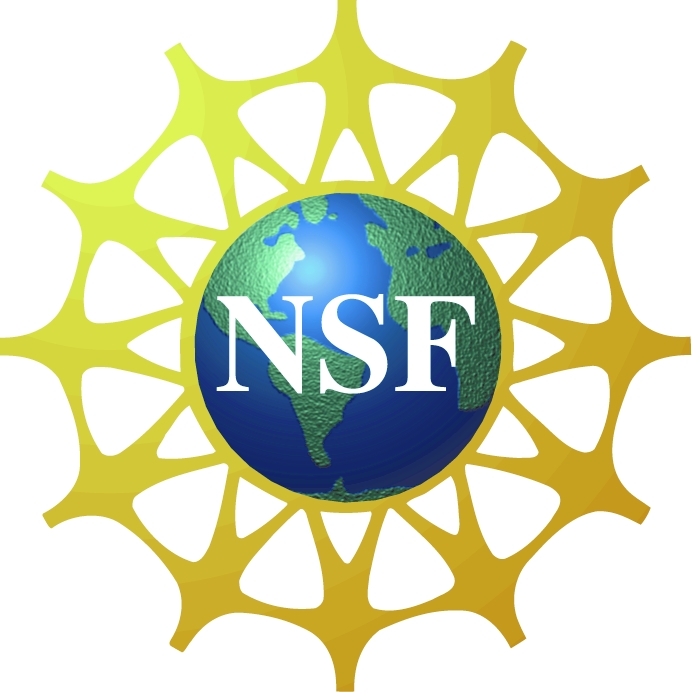Difference between revisions of "Main Page"
(Add 2012 GEM Mini-Workshop) |
m (→What's New) |
||
| Line 6: | Line 6: | ||
== What's New == | == What's New == | ||
| − | * <span style="color:magenta;font-weight:bold;">The 2012 GEM Mini-Workshop will be held in San Francisco on Sunday, December 2.</span> | + | * <span style="color:magenta;font-weight:bold;">The 2012 GEM Mini-Workshop will be held in San Francisco on Sunday, December 2.</span> |
* The 2012 GEM Summer Workshop was held in Snowmass, Colorado during June 17-22, 2012. The workshop agenda can be found [http://www.cpe.vt.edu/gem/schedule.html here], and information regarding Focus Group sessions can be found at the [[2012 Summer Workshop|'''2012 Summer Workshop''']] wiki page. | * The 2012 GEM Summer Workshop was held in Snowmass, Colorado during June 17-22, 2012. The workshop agenda can be found [http://www.cpe.vt.edu/gem/schedule.html here], and information regarding Focus Group sessions can be found at the [[2012 Summer Workshop|'''2012 Summer Workshop''']] wiki page. | ||
* Two new Focus Groups were selected to start in Summery 2012: (1) '''''Tail-Inner Magnetosphere Interactions''''' and (2) '''''Transient Phenomena at the Magnetopause and Bow Shock and Their Ground Signatures'''''. | * Two new Focus Groups were selected to start in Summery 2012: (1) '''''Tail-Inner Magnetosphere Interactions''''' and (2) '''''Transient Phenomena at the Magnetopause and Bow Shock and Their Ground Signatures'''''. | ||
Revision as of 21:05, 4 October 2012
Geospace Environment Modeling (GEM) 
Geospace Environment Modeling (GEM) is a broad-based, community-initiated research program on the physics of the Earth's magnetosphere and the coupling of the magnetosphere to the atmosphere and to the solar wind. The purpose of the GEM program is to support basic research into the dynamical and structural properties of geospace, leading to the construction of a global Geospace General Circulation Model (GGCM) with predictive capability. This GGCM model will be modularized and will complement parallel developments of magnetohydrodynamic models. The strategy for achieving GEM goals is to undertake a series of campaigns and focus groups, in both theory and observational modes, each focusing on particular aspects of the geospace environment.
The Geospace Environment Modeling (GEM) program is sponsored by National Science Foundation (NSF) Division of Atmospheric and Geospace Sciences.
What's New
- The 2012 GEM Mini-Workshop will be held in San Francisco on Sunday, December 2.
- The 2012 GEM Summer Workshop was held in Snowmass, Colorado during June 17-22, 2012. The workshop agenda can be found here, and information regarding Focus Group sessions can be found at the 2012 Summer Workshop wiki page.
- Two new Focus Groups were selected to start in Summery 2012: (1) Tail-Inner Magnetosphere Interactions and (2) Transient Phenomena at the Magnetopause and Bow Shock and Their Ground Signatures.
- The 2011 GEMstone Newsletter has been published! Download your PDF copy here. (25 Nov 2011)
Acknowledgment and Disclaimer
This GemWiki site is supported by the National Science Foundation under Grant No. 0903107. Any opinions, findings and conclusions or recommendations expressed at this web site are those of the authors and do not necessarily reflect the views of the National Science Foundation (NSF).